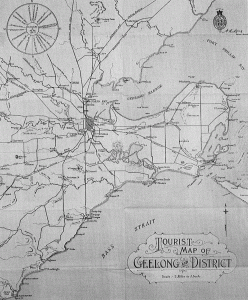Building Rural Success
Exhibition: Building Rural Success: The early years of Dookie Agricultural College, Leigh Scott Gallery, first floor, Baillieu Library, until Saturday 11 February 2012
This exhibition commemorates the 125th anniversary of the founding of the Dookie Agriculture College, today known as the Dookie Campus of the Melbourne School of Land and Environment at the University of Melbourne. Through a rich array of historical material, including an illuminated address, early farm diaries, stock registers, sporting medals and many photographs, the display celebrates the culture and history of Dookie, its personalities and its role as an educational facility and operational farm. The exhibition explores the broader historical contexts and social histories of the period, such as the impacts of the first and second world wars and the Soldier Settlement Scheme, the changing role of women, Dookie’s sporting prowess and its identity within the regional community.
The experiences of those who lived and studied at Dookie dominate the collection’s subject matter. The items displayed in this exhibition provide an insight into what everyday life was like for the students, staff and families who called Dookie Agricultural College home. Today the site also plays host to the Dookie Campus Historical Collection, which traces the development of agricultural industry, education, farming methods and land use at Dookie since its early days.
Above: ‘Breaking up virgin country for the first sowing of a new wheat’, Photograph by H.D. Simpson, published in ‘Dookie Collegian’, 1918, p. 2. Dookie Campus Historical Collection, University of Melbourne.







